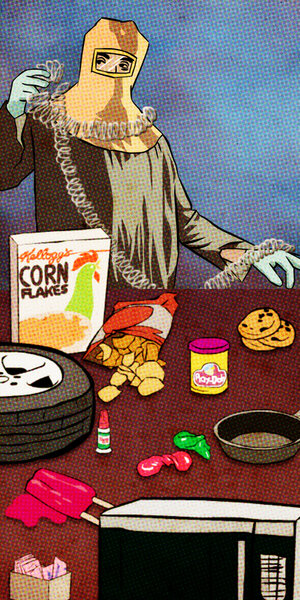For more than 100,000 years, humans have been playing with fire. But no one could create a really easy way to start a fire until a British pharmacist tried to clean his stirring utensil.
In 1826, John Walker was stirring a pot of chemicals when he noticed a dried lump had formed on the end of the mixing stick. Without thinking, he tried to scrape off the dried gob and – all of a sudden – it ignited.
Mr. Walker sold the first strikeable matches at a local bookstore. The “friction lights” were three inches long and came neatly in a box with a piece of sandpaper.
Walker wasn’t interested in patenting the idea, so Samuel Jones copied the matches and sold “Lucifers.” They were a little more practical than Walker’s friction lights. Lucifers were shorter and came in a smaller cardboard box for easy carrying.
The earliest description of a match-like product appears in a Chinese book titled “Records of the Unworldly and the Strange,” by Tao Gu, circa 950 AD. They were called “fire-inch sticks” and used sulfur to start the flame. Still, they were not strikeable.
French chemist Jean Chancel invented the first self-igniting match in 1805. Mr. Chancel’s method involved a wooden splint tipped with sugar and potassium chlorate that was carefully dipped into a small bottle of concentrated sulfuric acid.
Chancel’s method was highly unpleasant and dangerous. The mix of chemicals produced a yellow smelly gas called chlorine dioxide, which explodes when it comes into contact with pretty much anything.
Today, matches are made with non-poisonous red phosphorus, discovered by Johan Edvard Lundstrom. The Diamond Match Company was the first to sell “safety matches” in the US, forfeiting their patent rights to allow all match companies to produce safe matches.







